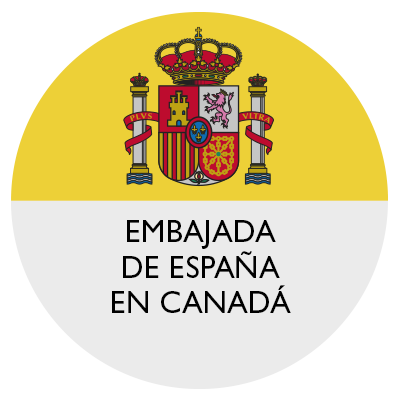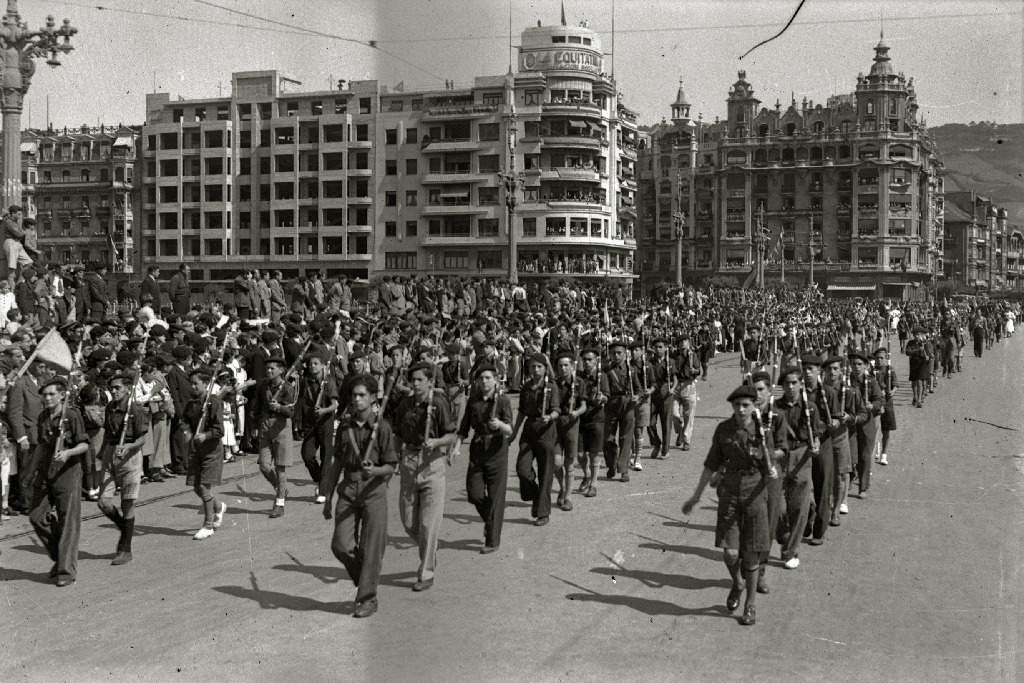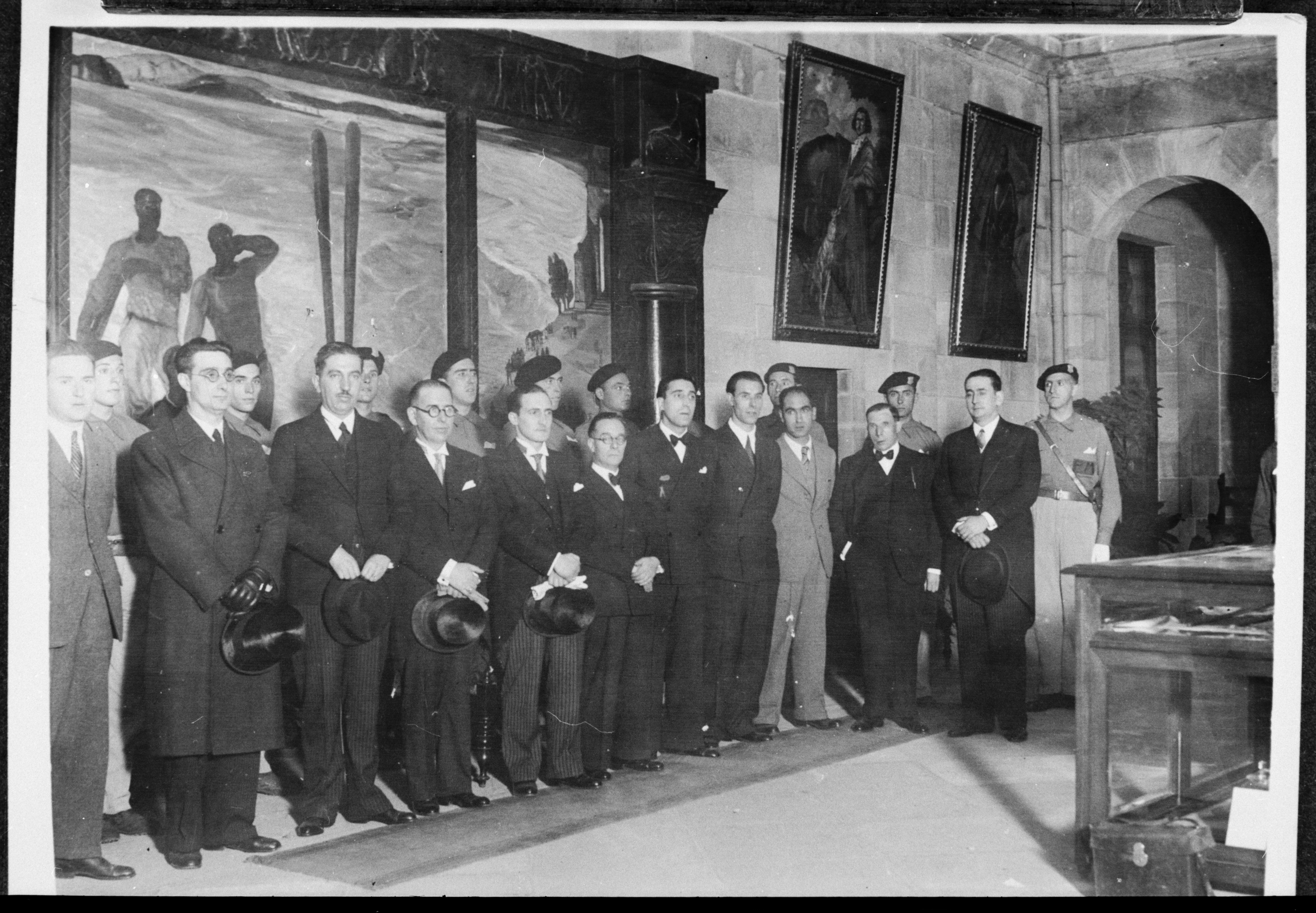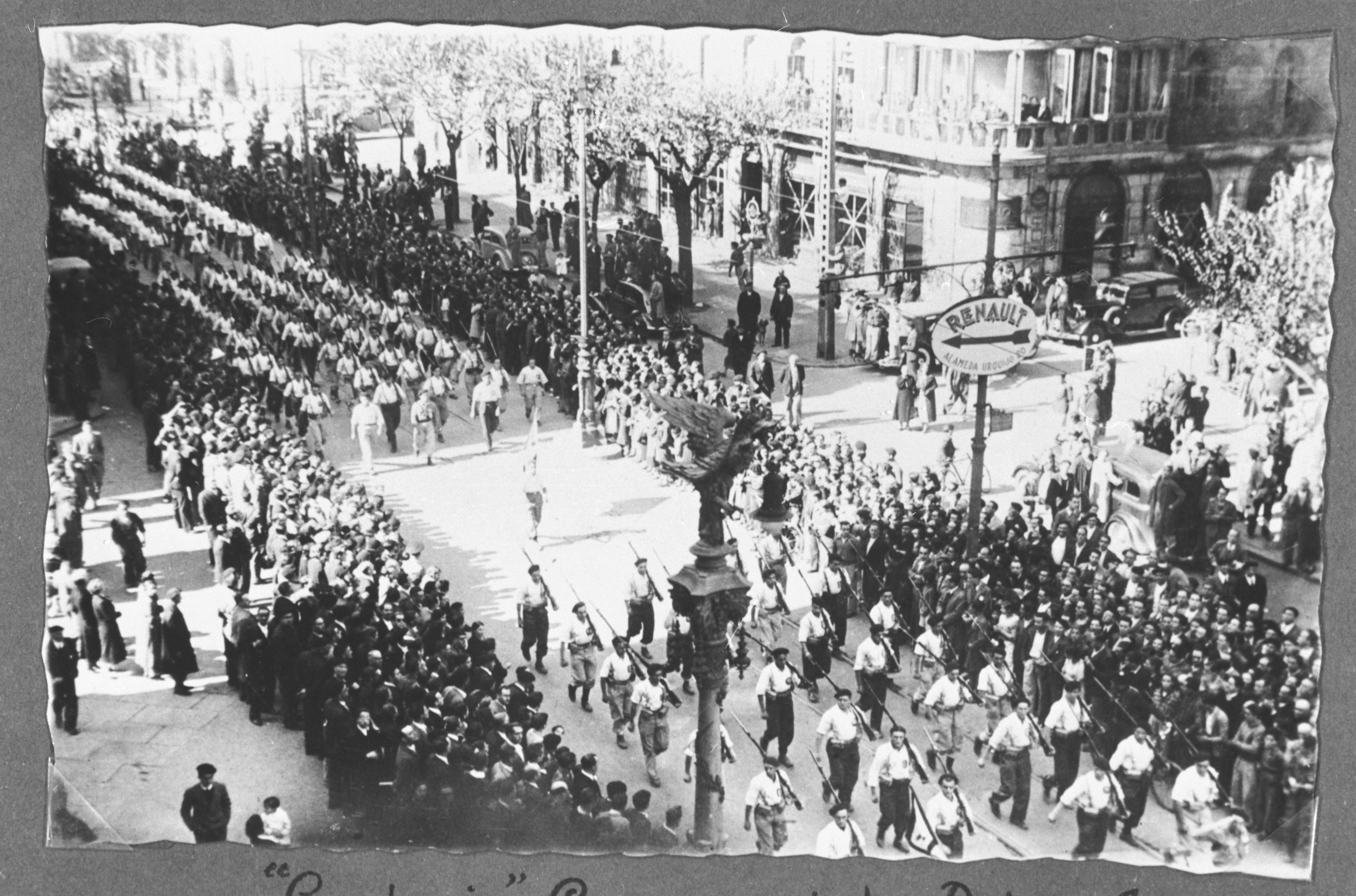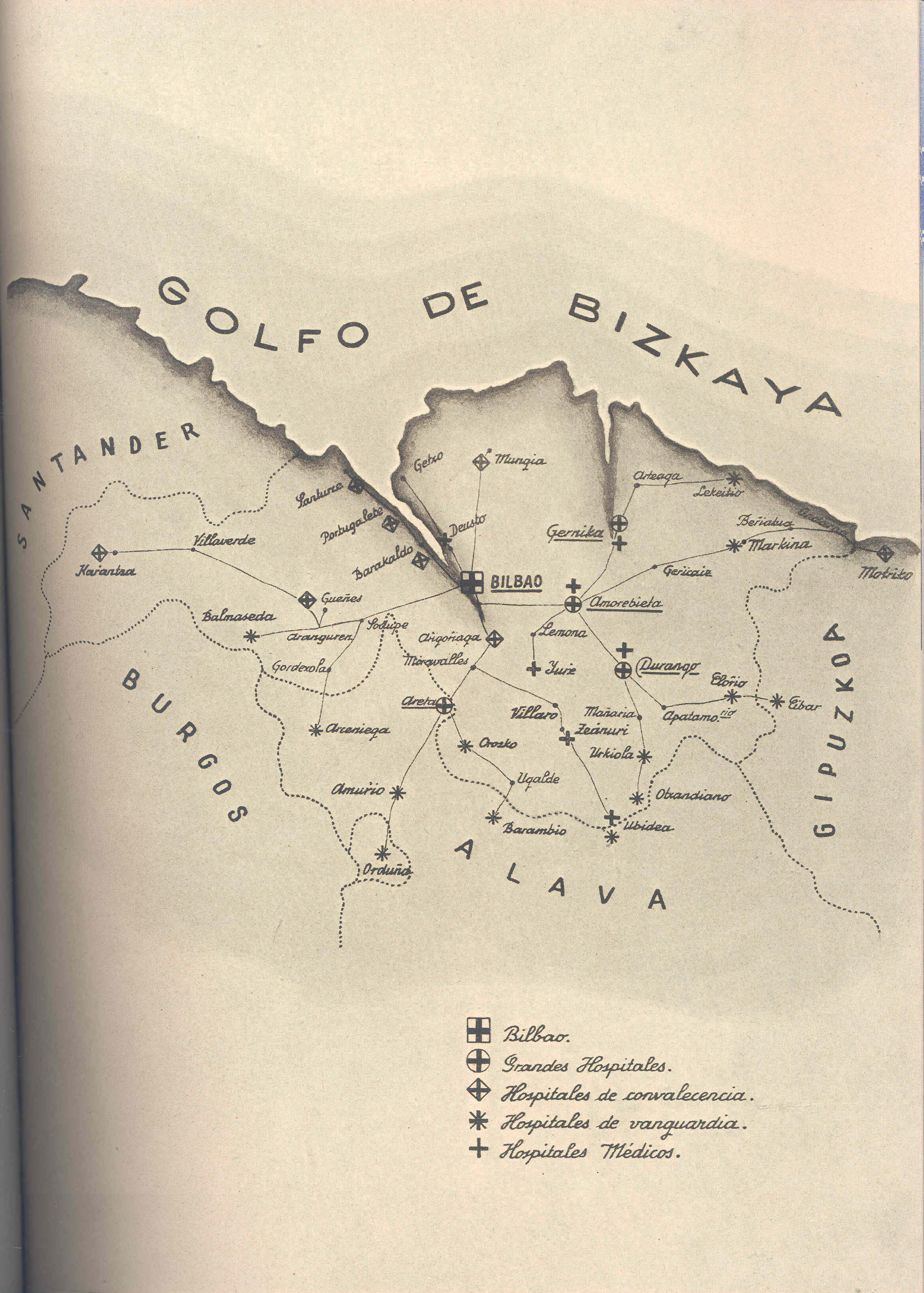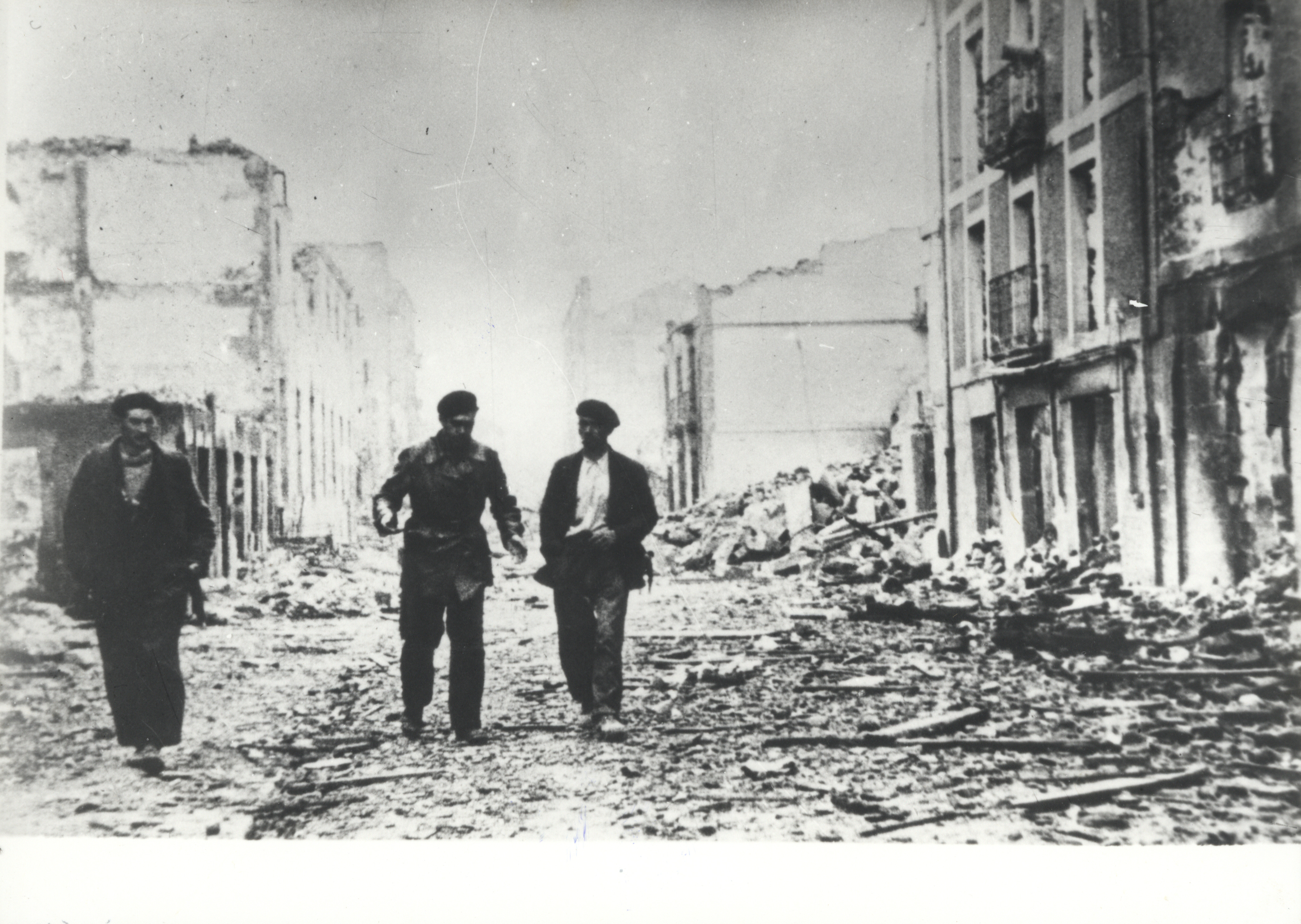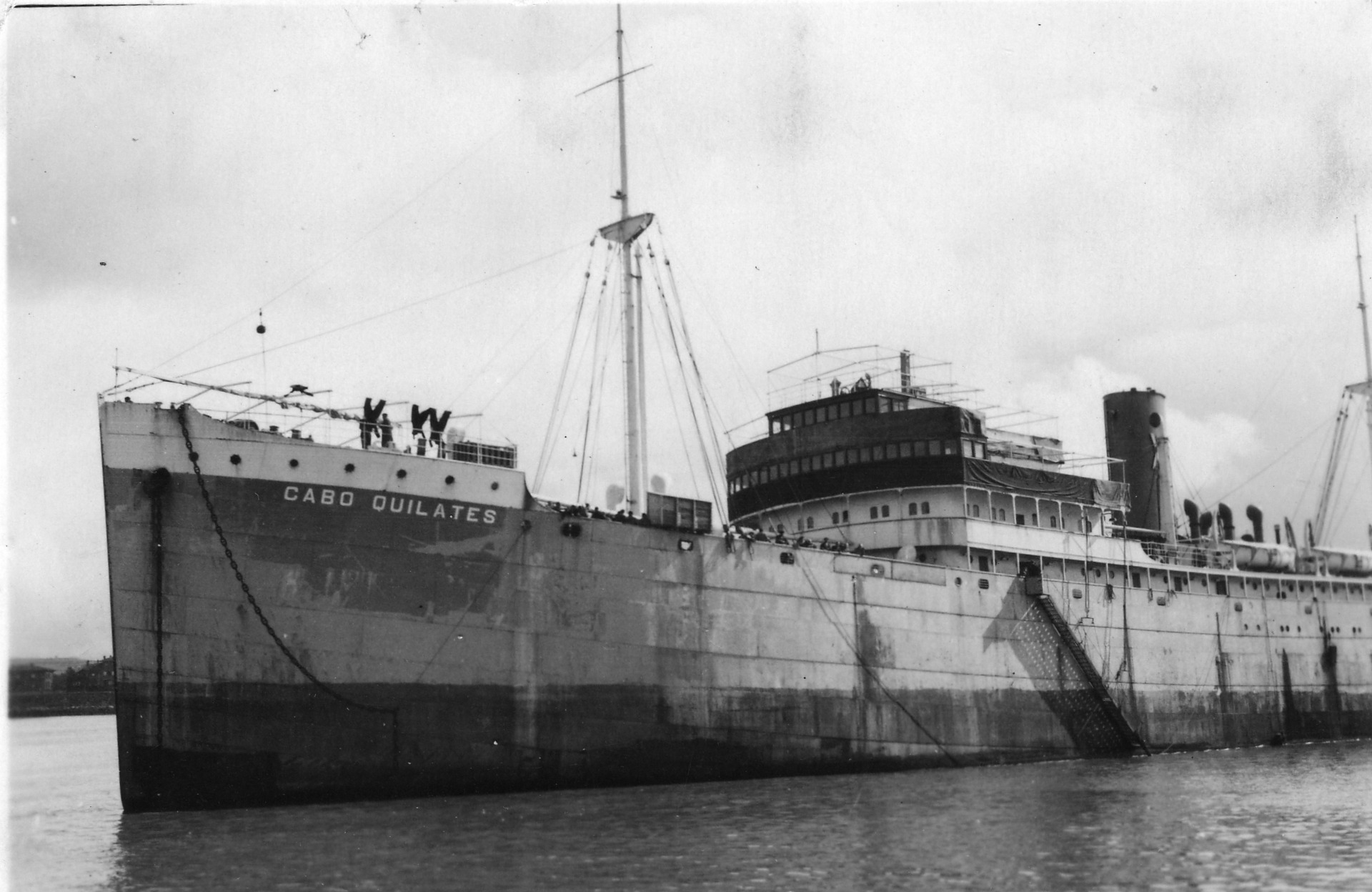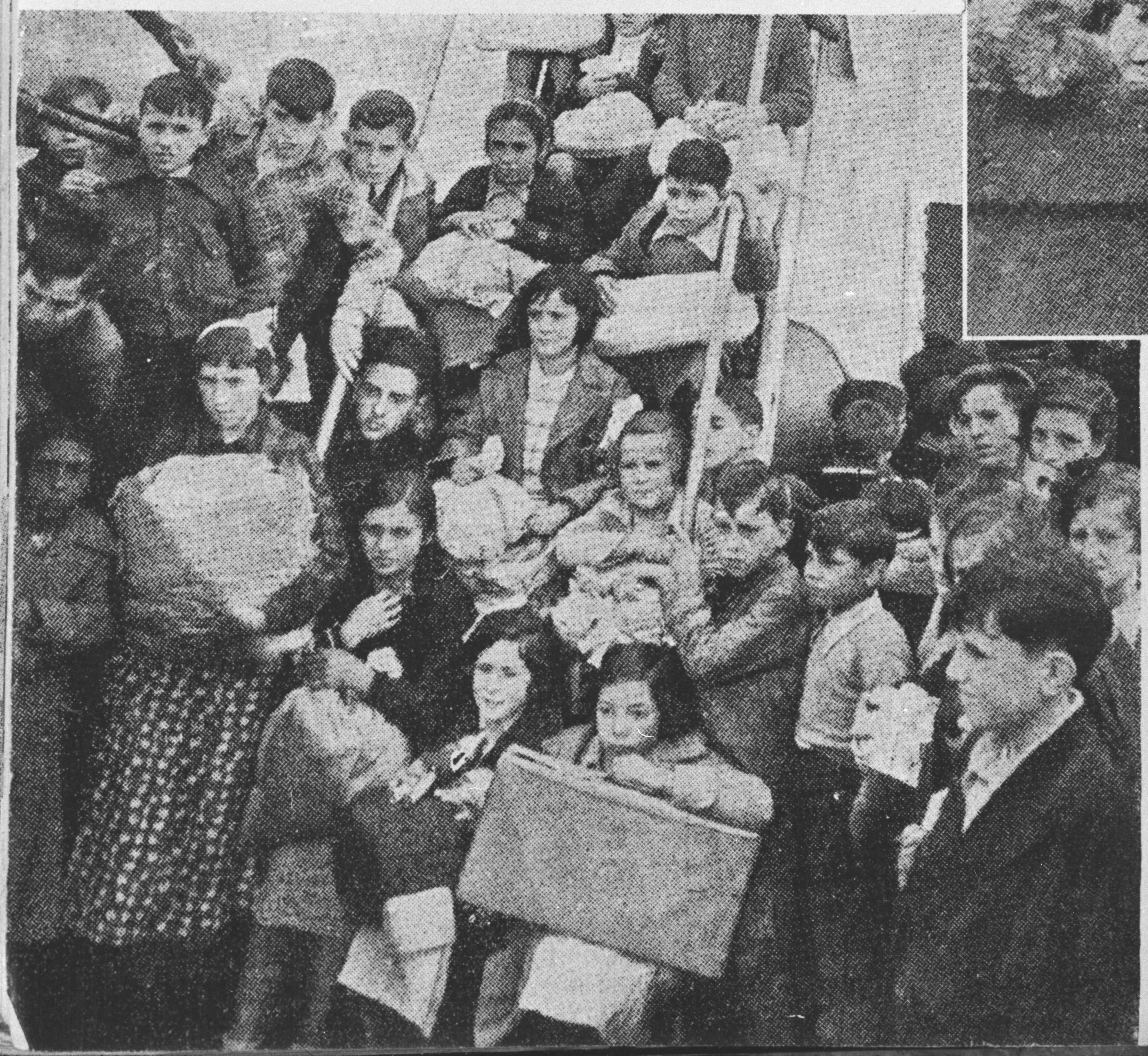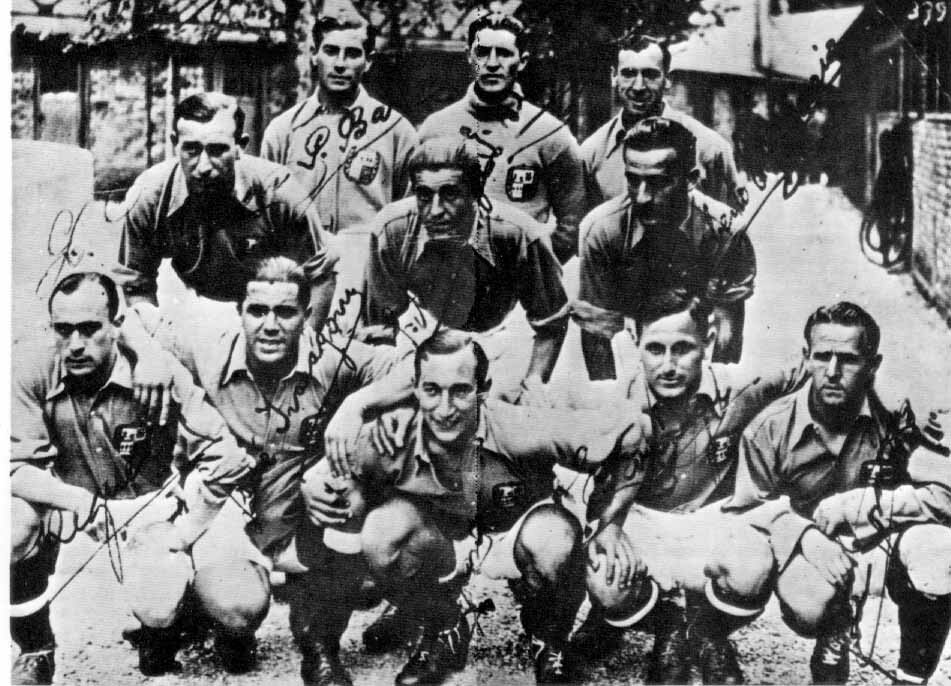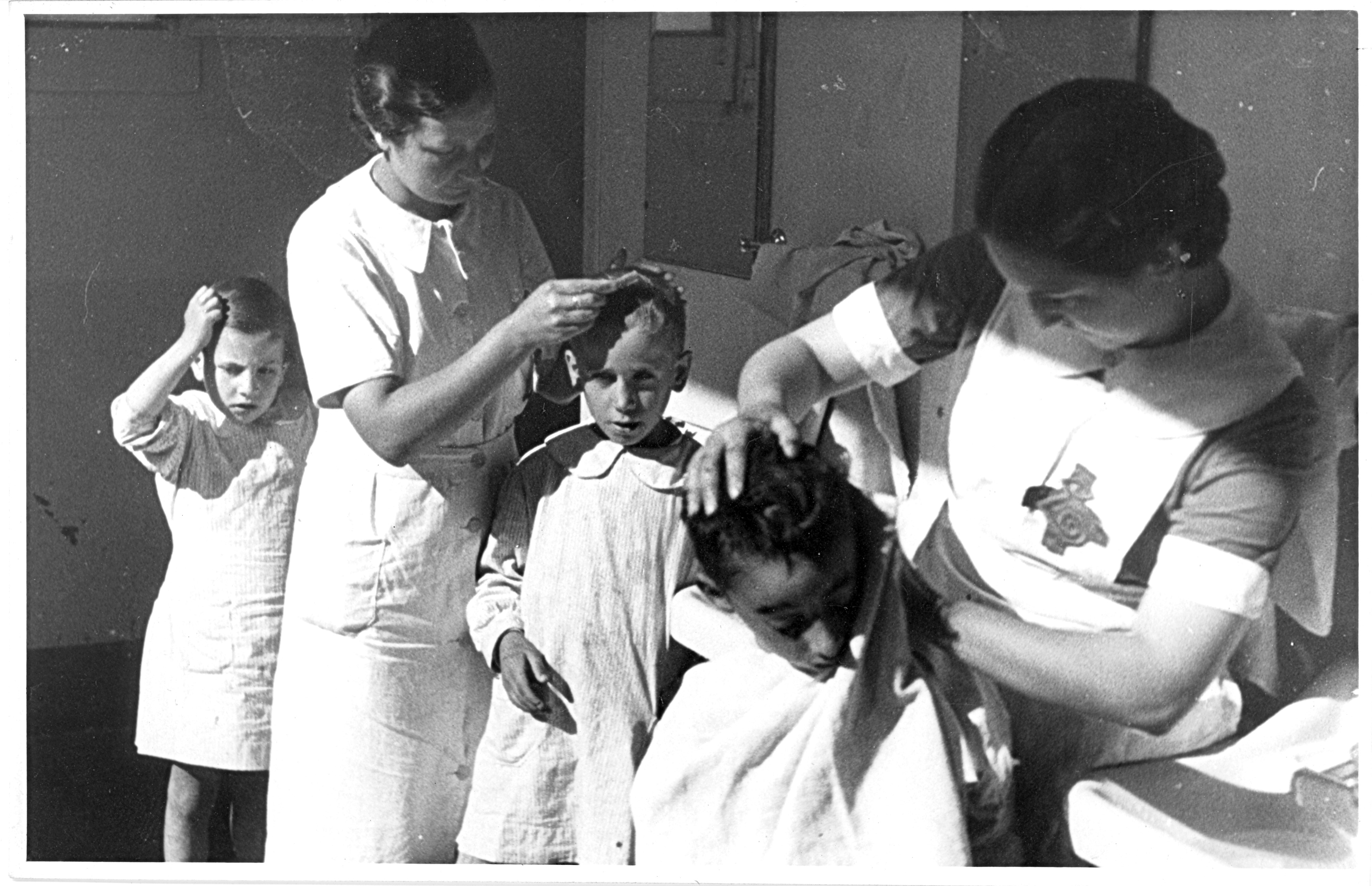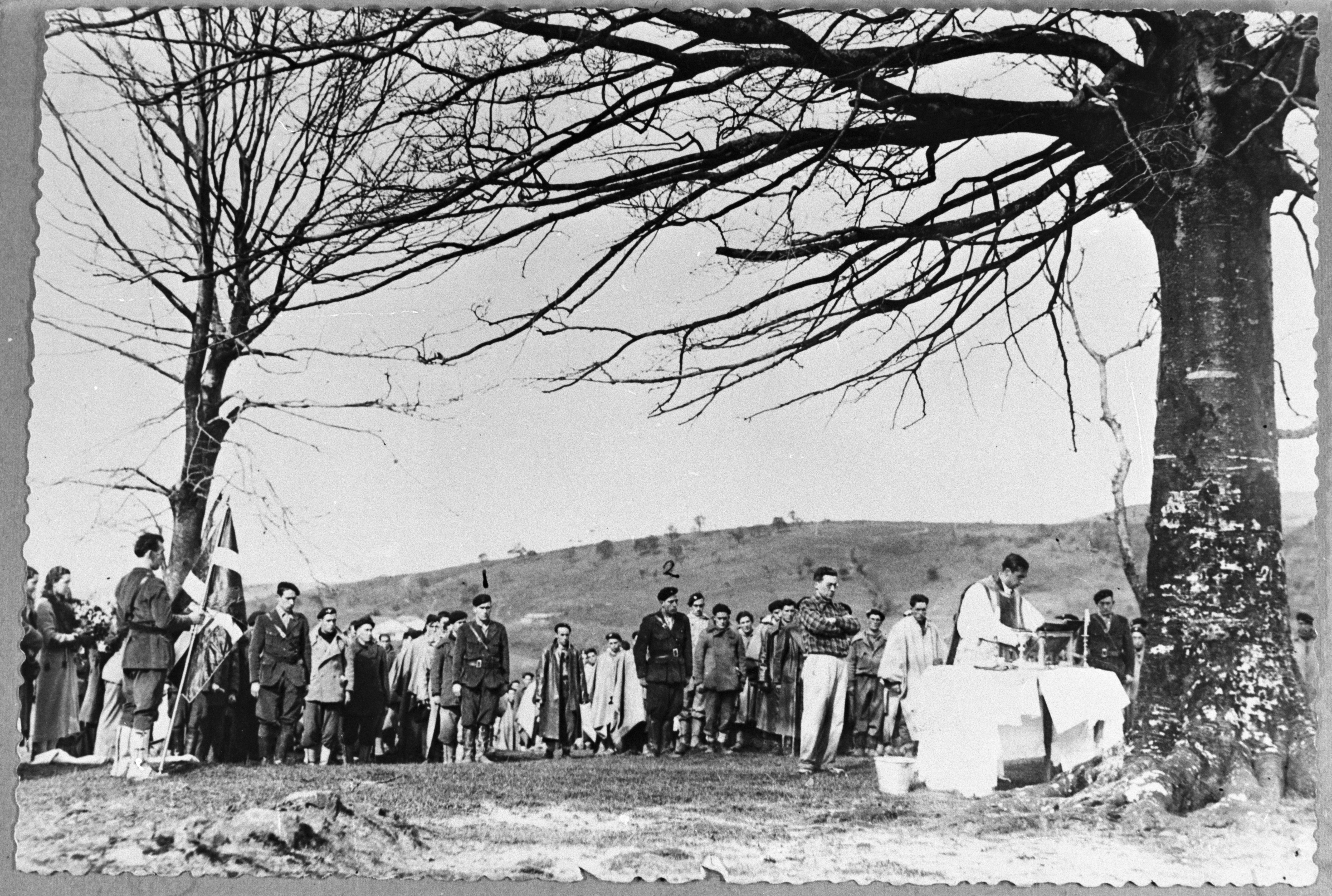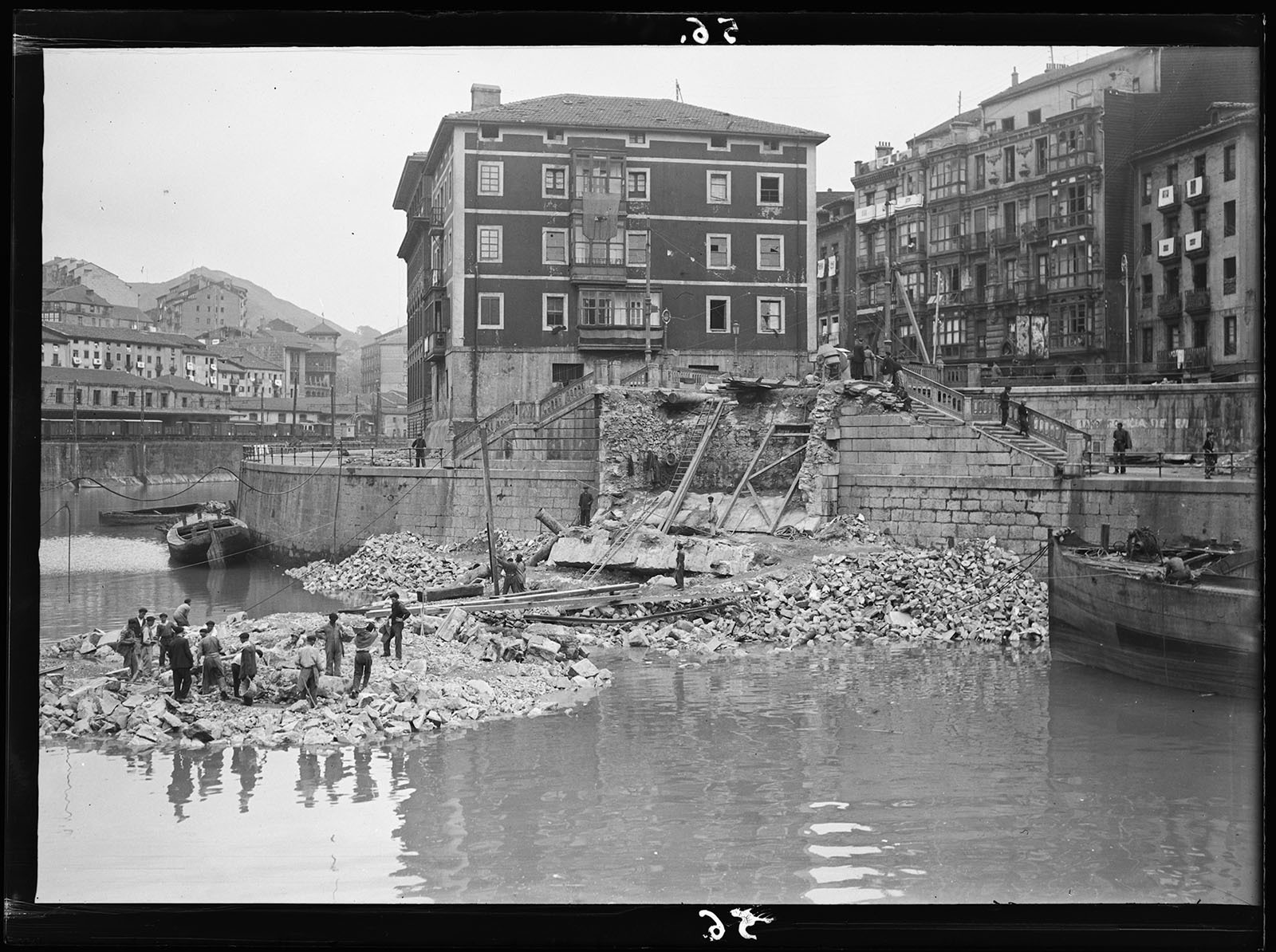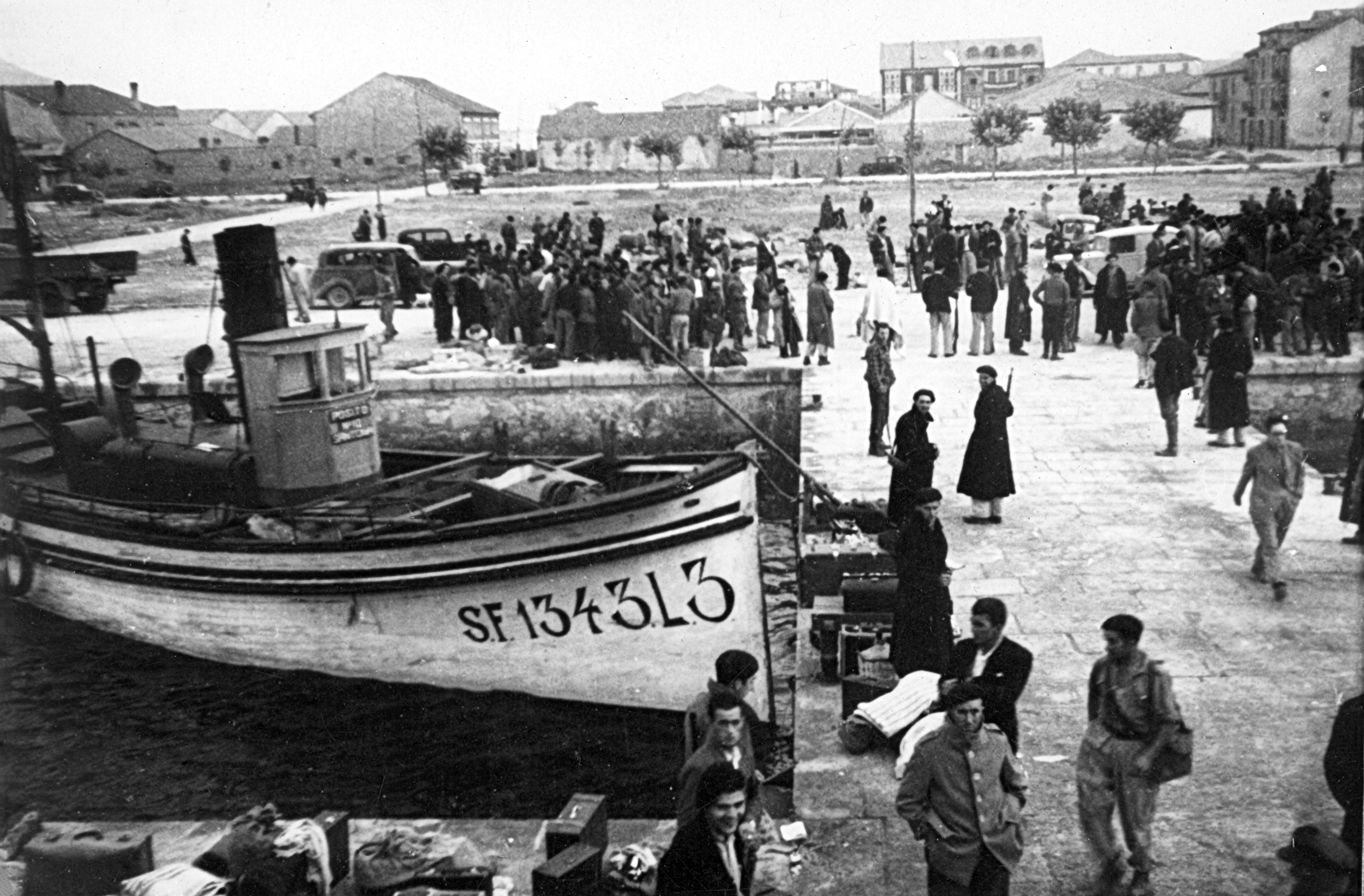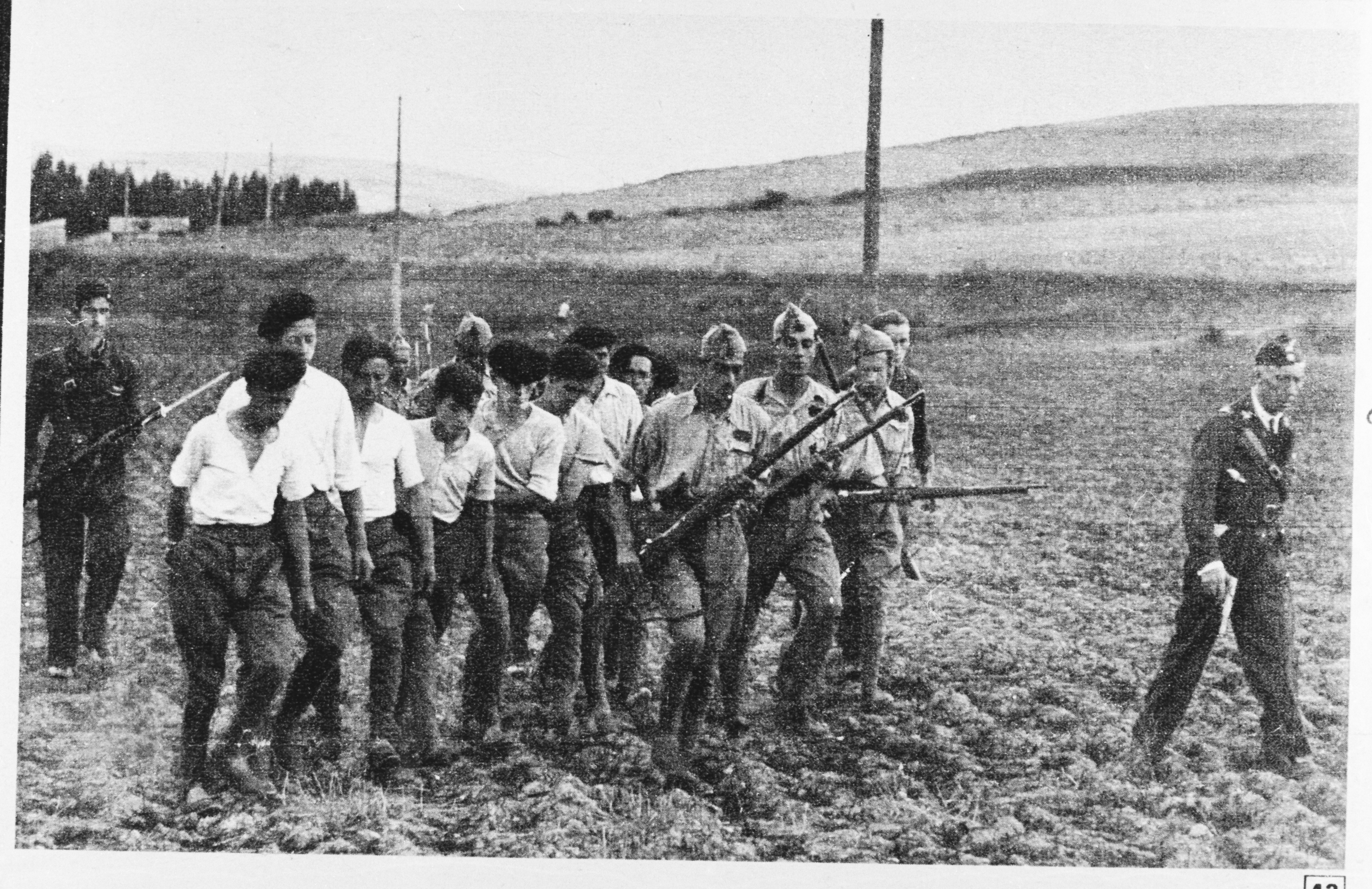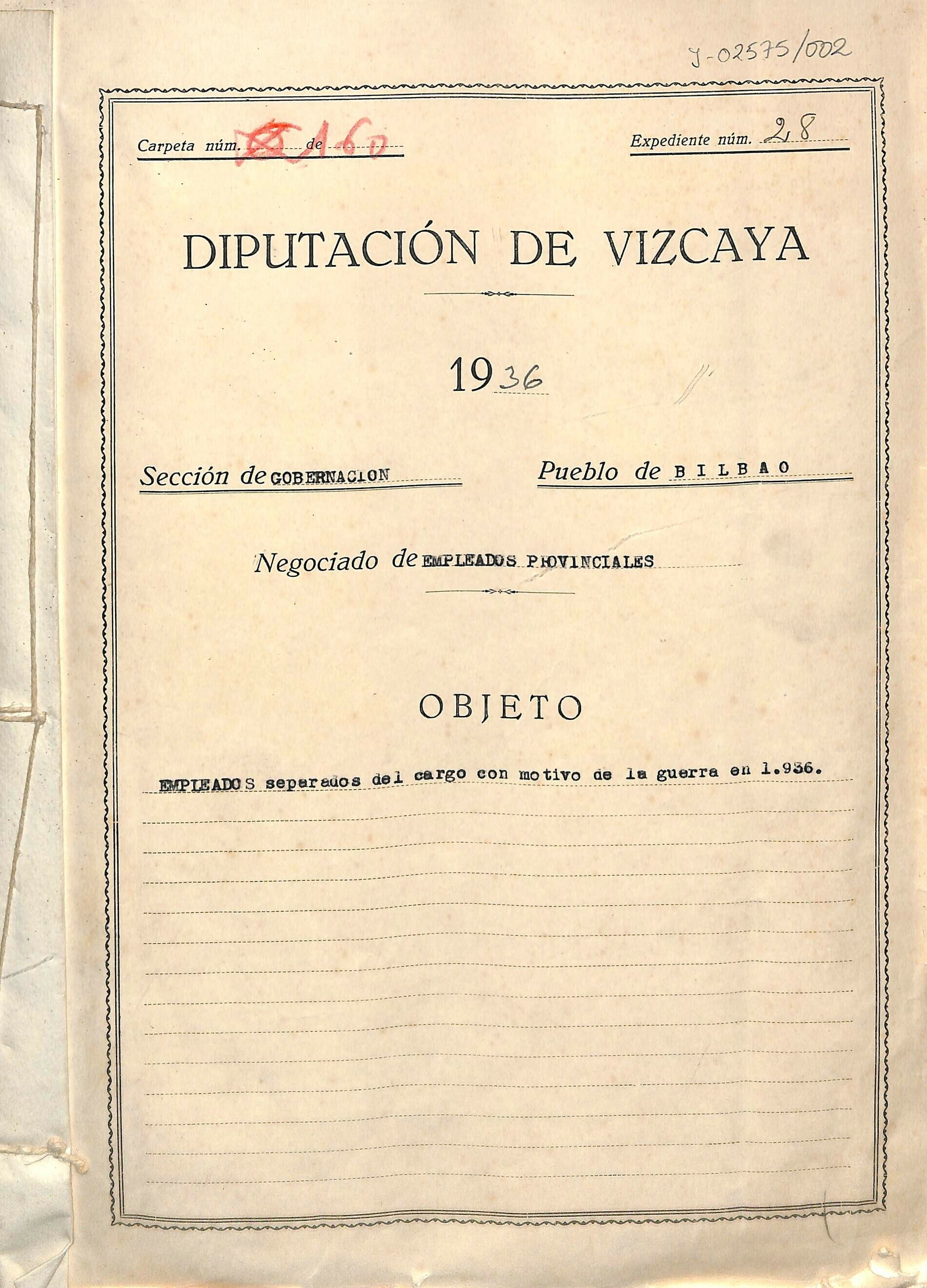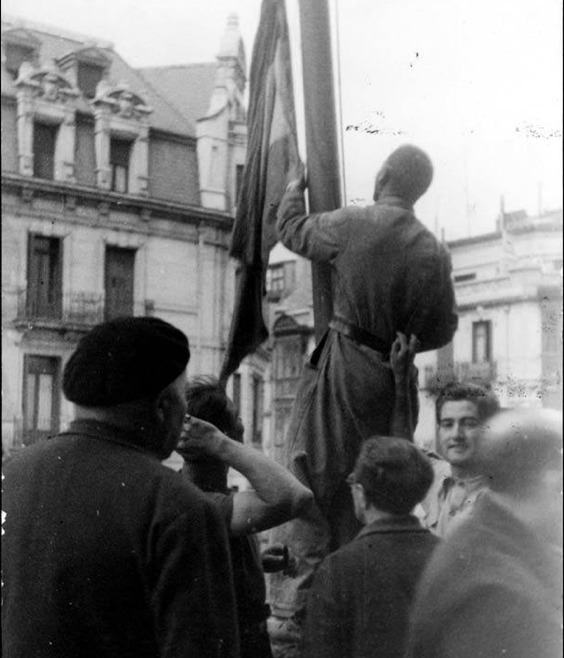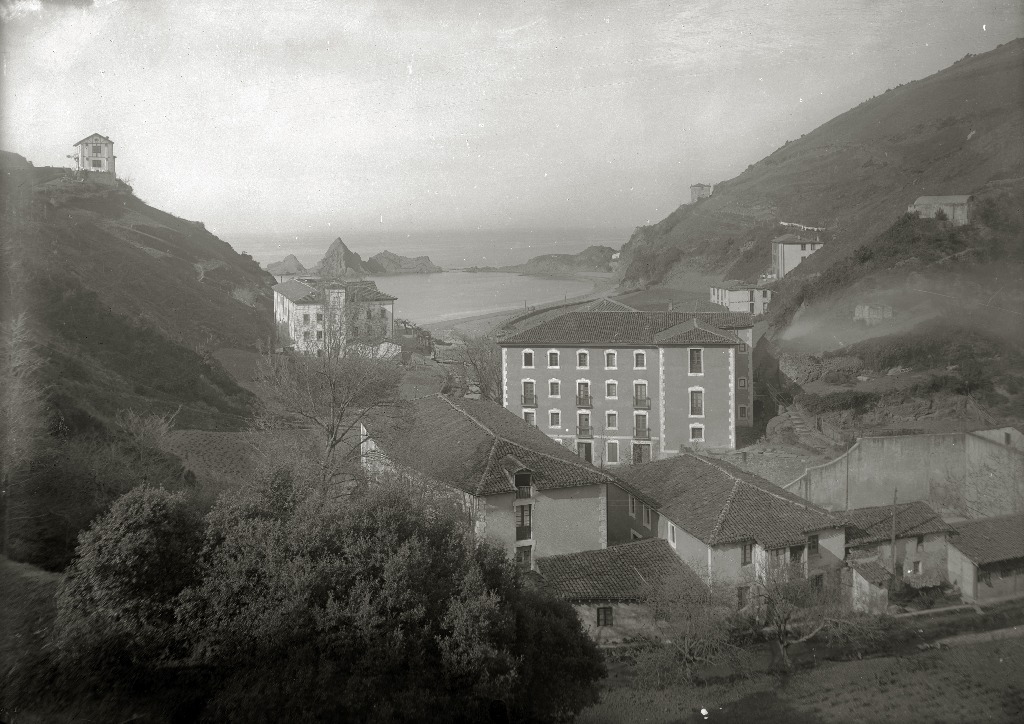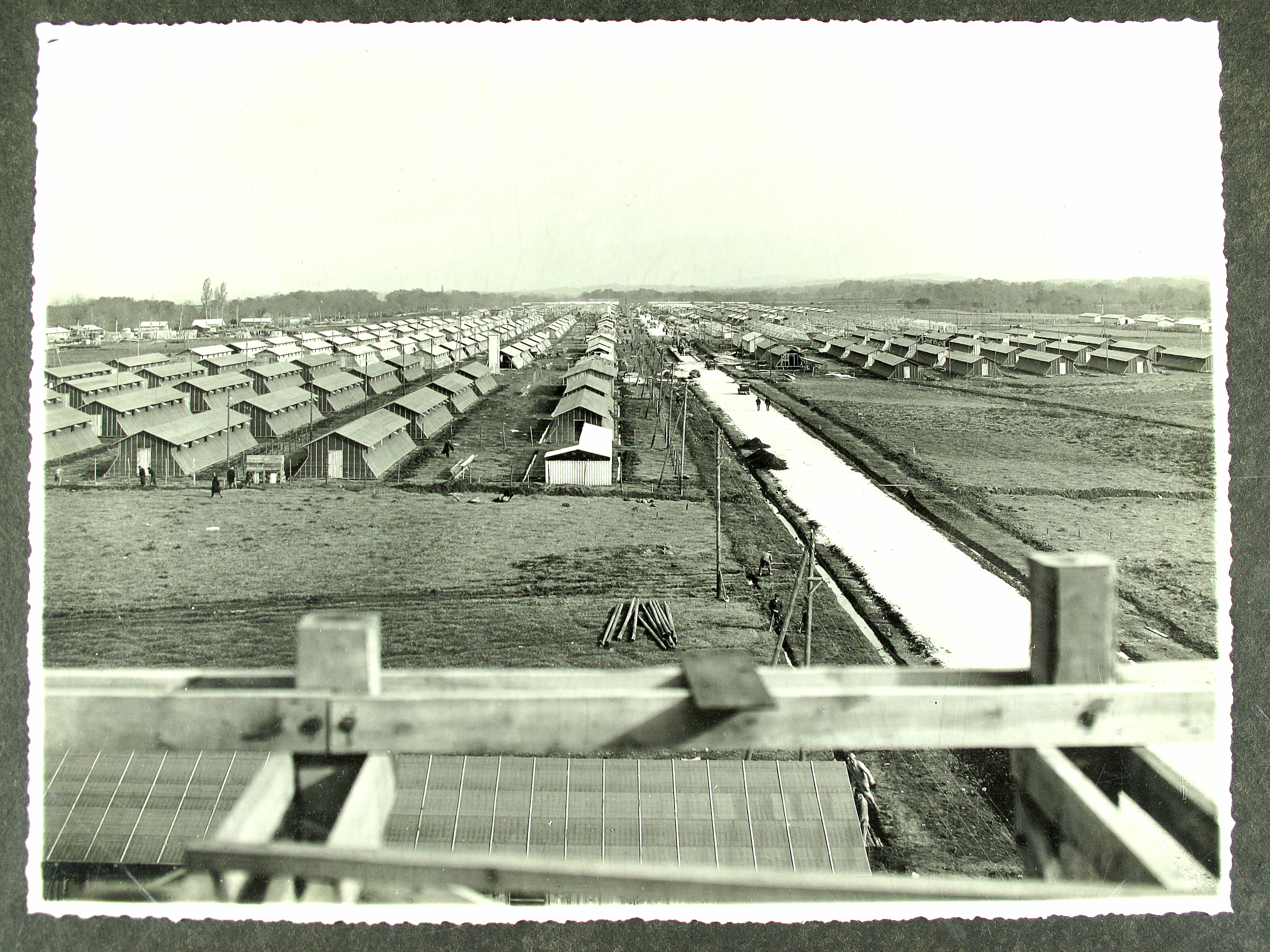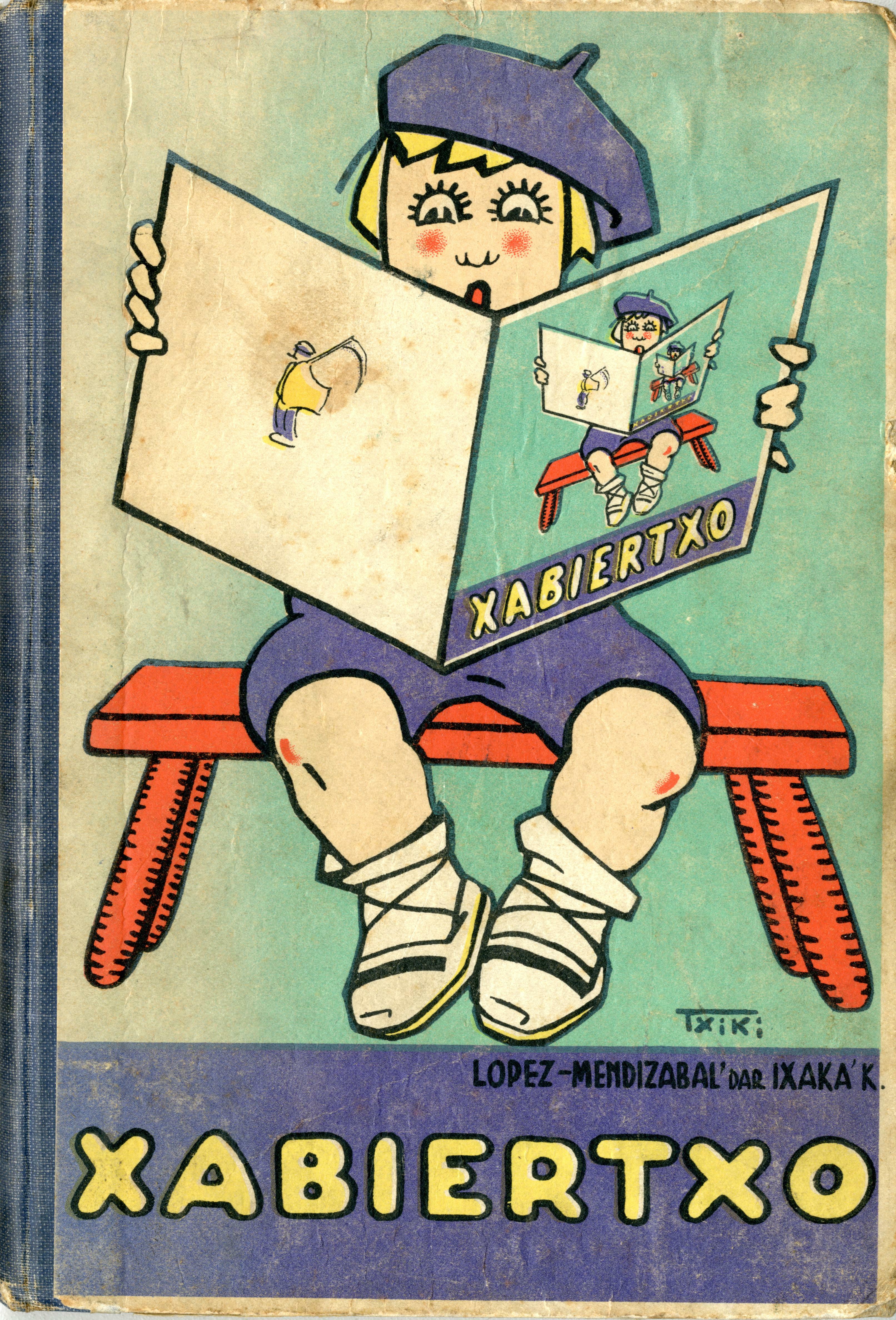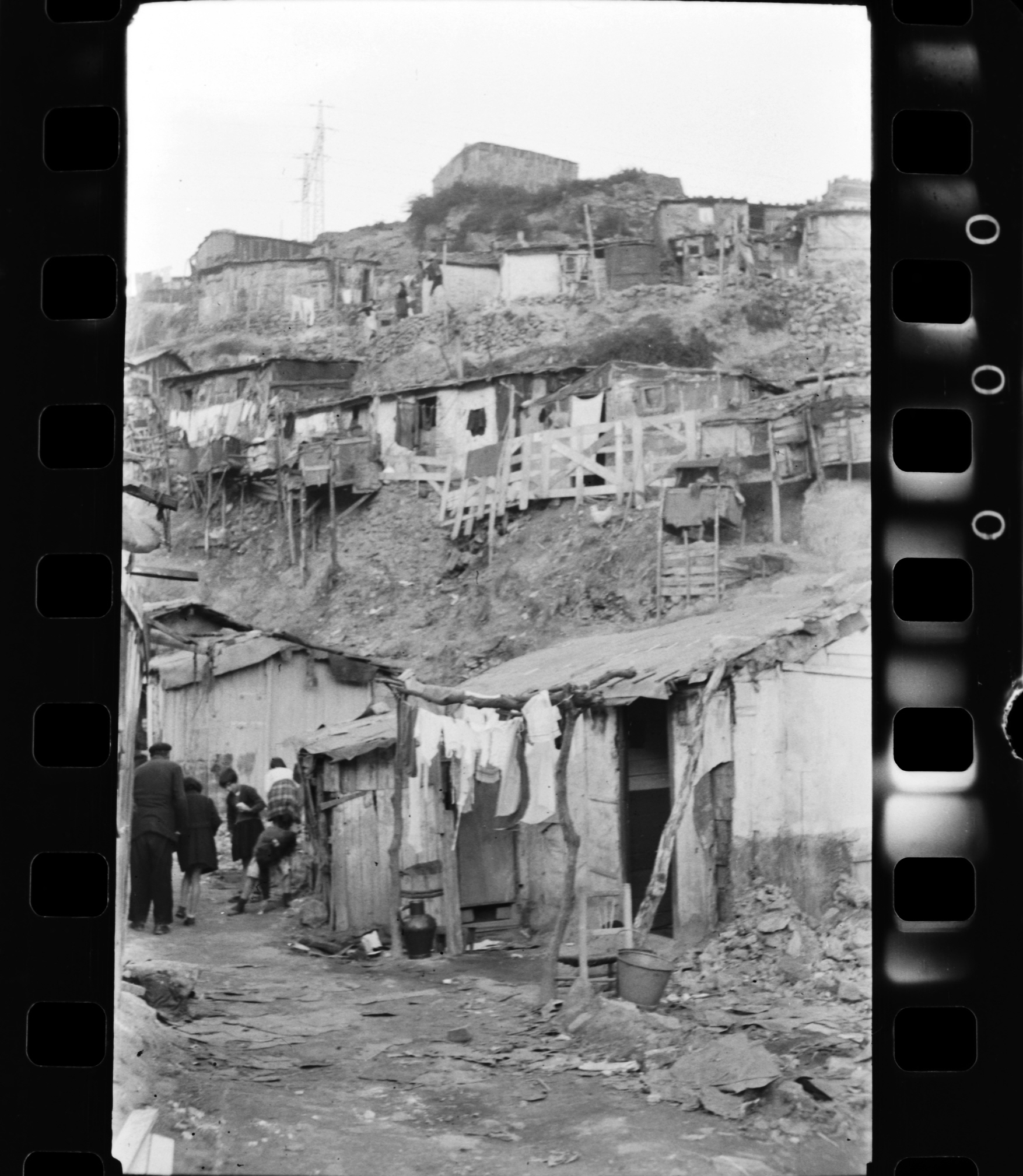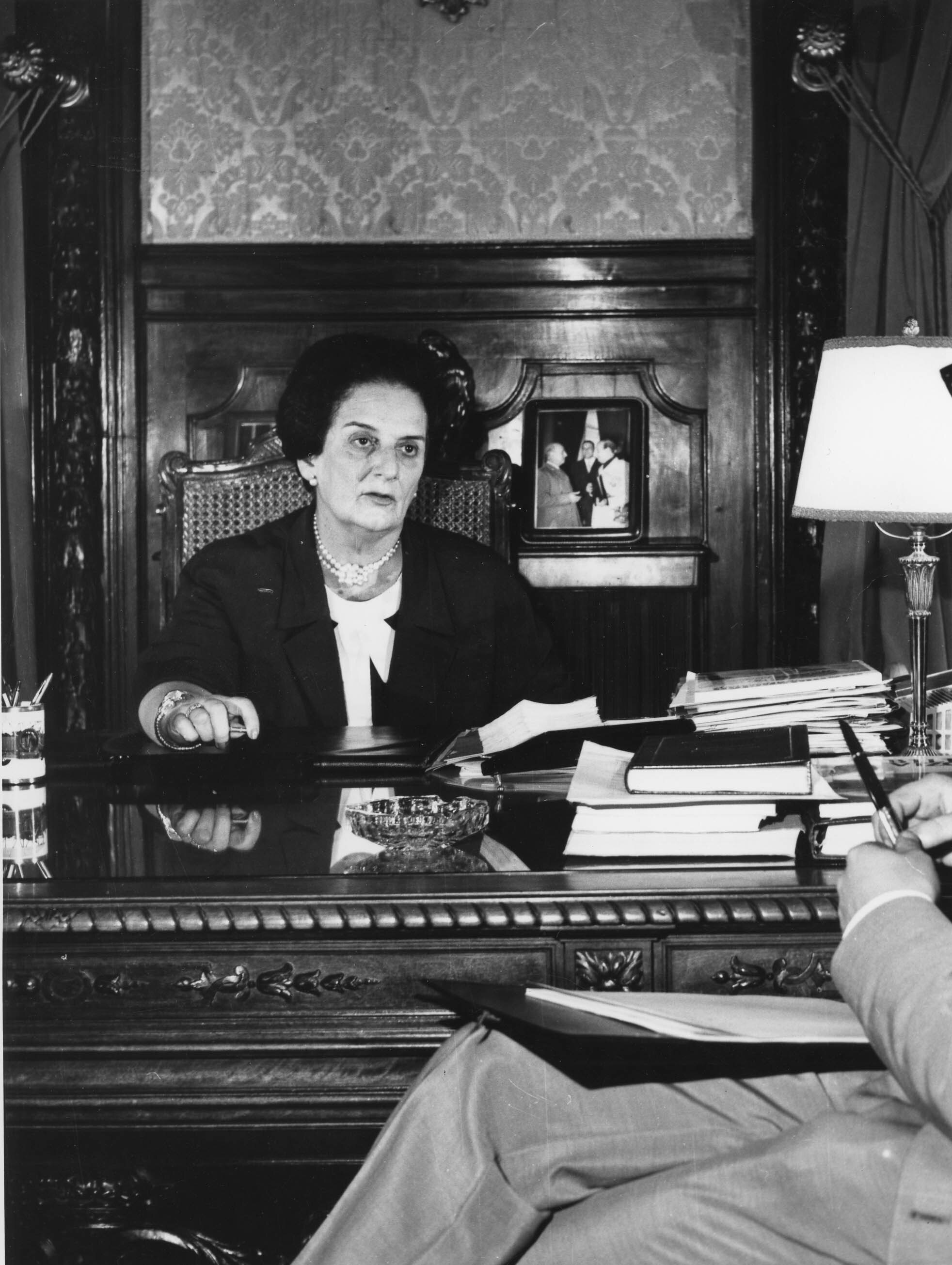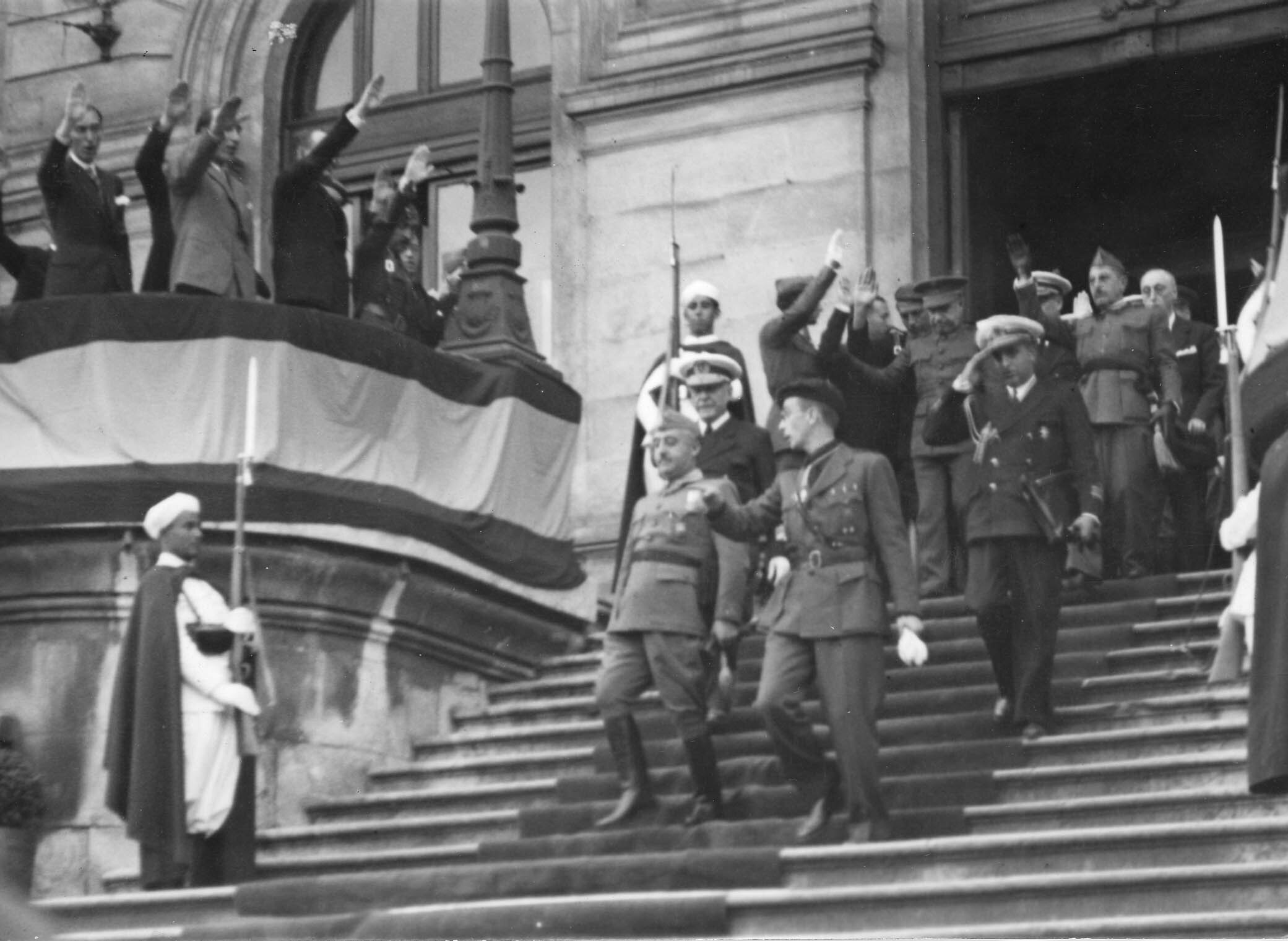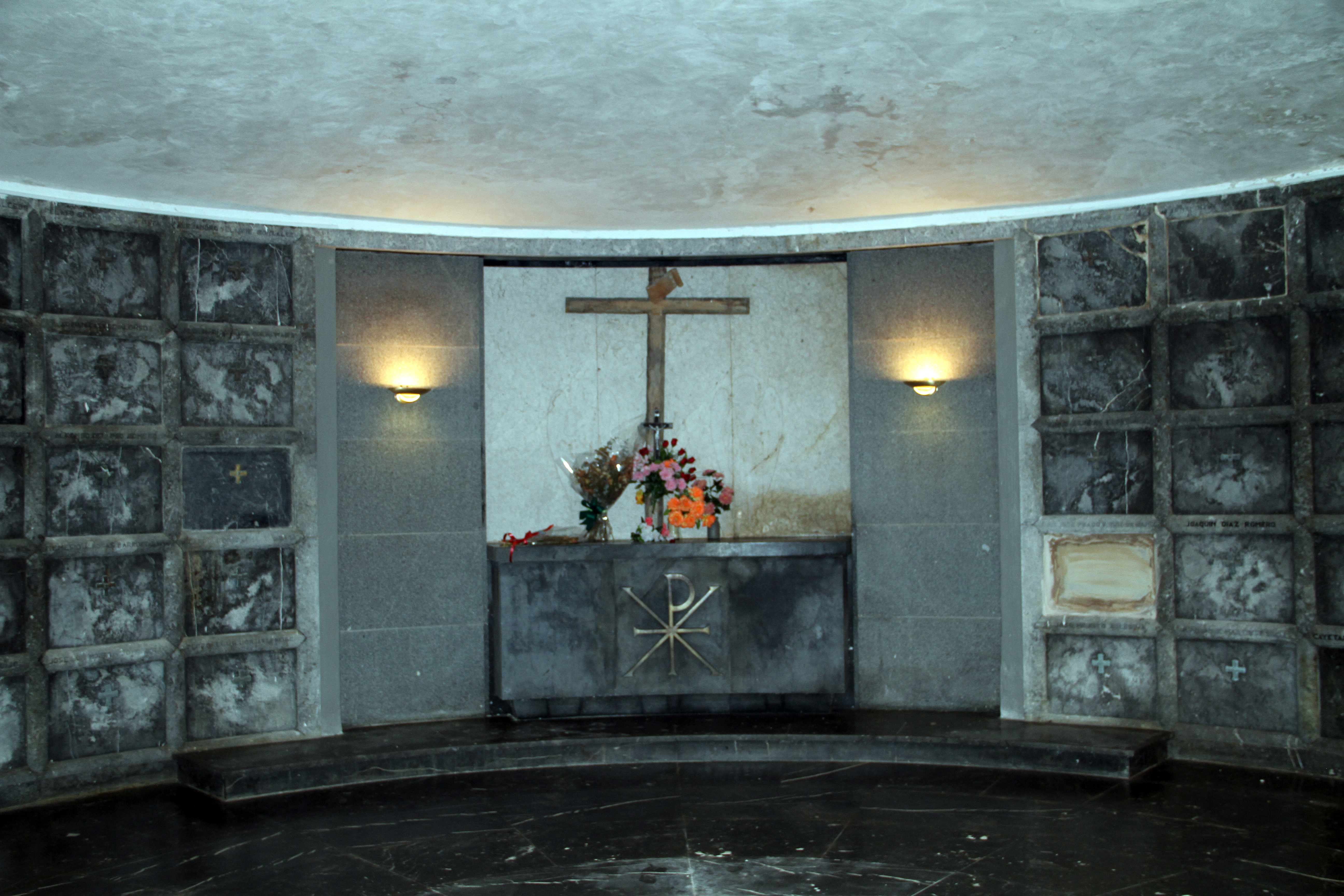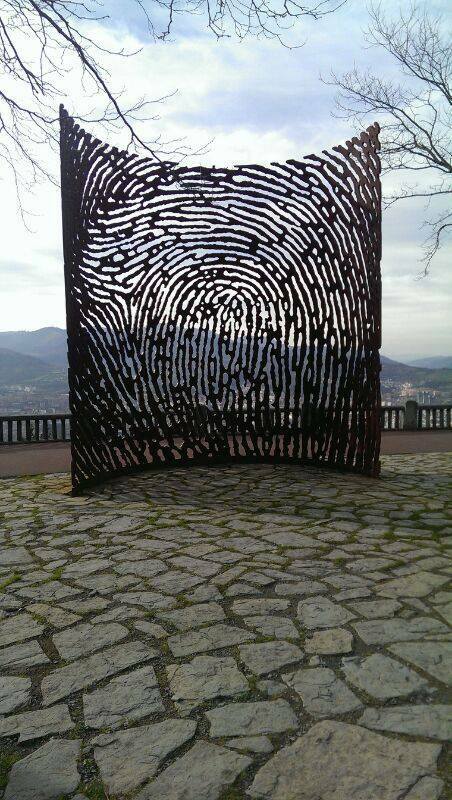The Civil War began with the rebellion of colonial troops in Spain’s protectorate in Morocco on 17 July 1936. The officers involved in the conspiracy in the Basque Country rebelled the following day. They succeeded in Álava and Navarra, but failed in Vizcaya and Gipuzkoa.
In the Basque Country, the polarization of Spanish politics took the form of a three-way division. First there were the rebels, among whom the Carlists were the dominant force. Second, there were the political parties and trade unions of the left and centre left that supported the government of the Republic. Finally, there was the bloc represented by the centre-right and Catholic Basque Nationalist Party (PNV) which abandoned the alliance they had with the Carlists since 1931 to support the government in 1936.
The Constitution of 1931 contemplated the creation of autonomous regional governments. The process for approving such a government in the Basque Country was started in 1931, but because the parties in the region could not agree on the content of an autonomy statute, it was not approved until 1 October 1936, after the war had started. The first ever Basque government, headed by J.A. Aguirre of the PNV, was sworn in on 7 October. This brought the PNV into the war against the rebels.
A new autonomous Basque administration engaged in industry, health, transportation, education, and police was created as the war was being fought. It even created an army and resisted being subject to the military strategy designed by the government of the Republic.
The war was brief. The rebels entered Bilbao on 19 June and took the remaining Basque territory in the following few weeks. Facing this situation, the PNV negotiated an agreement with the rebels’ Italian allies to surrender the Basque army at Santoña (Cantabria) although not all the combatants complied and some continued to fight in defence of the Republic.




